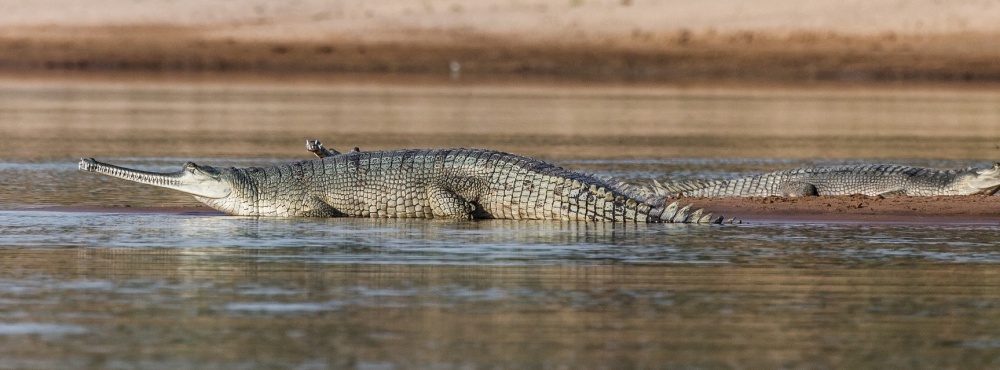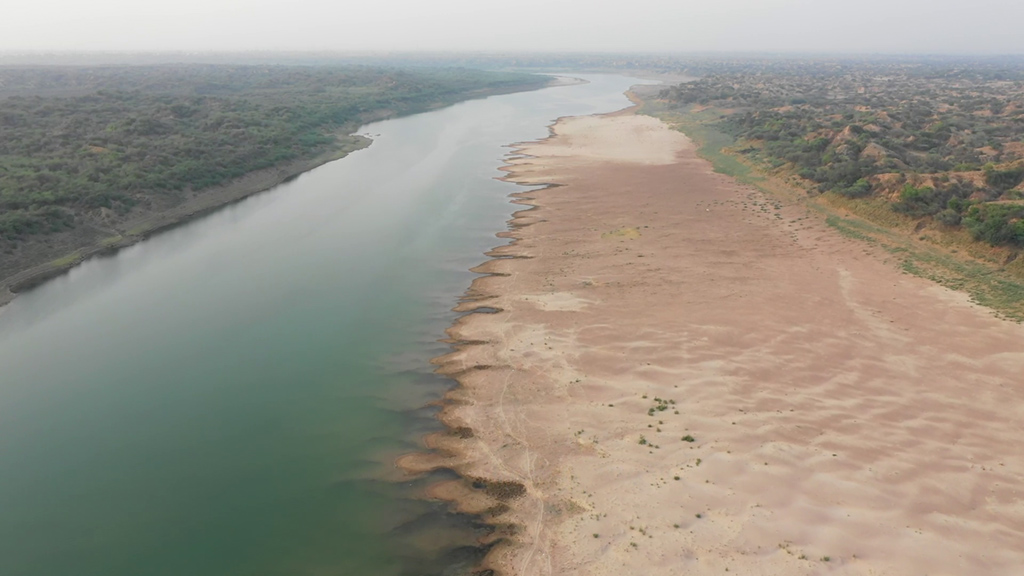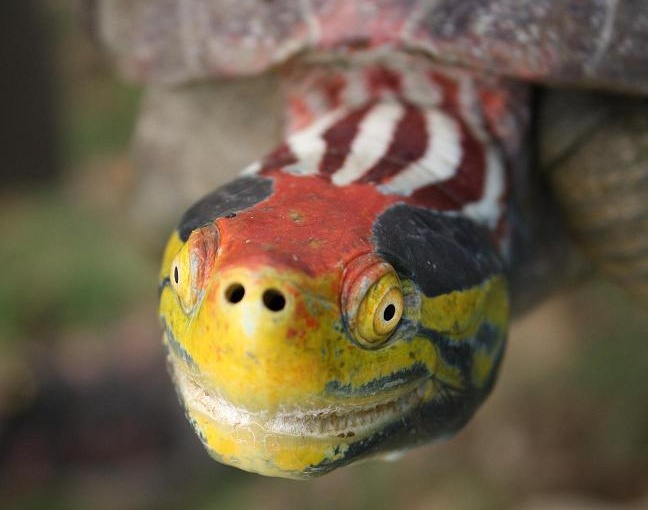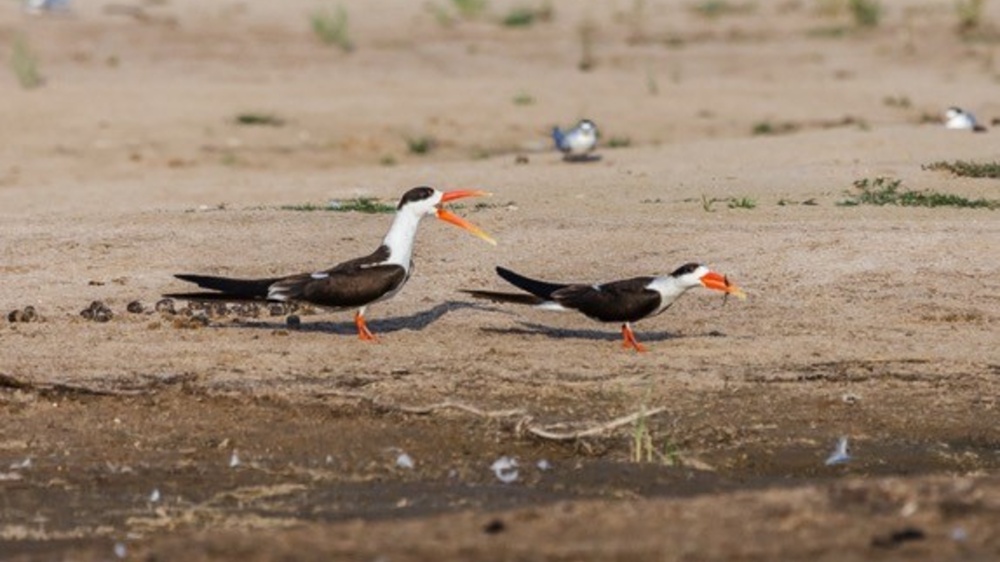The Chambal river

The Chambal Valley in northern India is home not only to the world’s largest population of gharials, but also to several other highly endangered species. It is here that we contribute to the conservation and research of the gharial in its natural habitat.

The sandy banks of the Chambal River serve as nesting grounds for gharials. Photo: Gharial Ecology Project
On the Chambal River in northern India—after which the gharial pavilion at Prague Zoo is named—survives the world’s largest population of gharials. Unlike other major Indian rivers, the Chambal remained relatively untouched for many years, largely because its surroundings were long the domain of bandits (known as dacoits). With the region’s fearsome reputation deterring most people, industrial activity was kept at bay, allowing gharials and other rare species to persist undisturbed. Among them are the Ganges river dolphin (Platanista gangetica), the Indian skimmer (Rynchops albicollis), the crowned river turtle (Hardella thurjii), and the red-crowned roofed turtle (Batagur kachuga)—all of which are listed on the IUCN Red List as either endangered or critically endangered.

Apart from the gharial, the Chambal River is also home to the critically endangered red-crowned roofed turtle. Photo: Sheena Koeth
In 1978, the lower stretch of the Chambal River was declared the National Chambal Sanctuary. Today, the protected area extends for 618 kilometres from the Jawahar Sagar Dam to the confluence of the Chambal with the Yamuna River—a right-bank tributary of the Ganges. Along its course, one finds rocky outcrops, expansive sandy beaches, as well as both deep and shallow stretches of water. This diverse landscape, combined with the seasonal fluctuations in water level, is vital not only for gharials but also for turtles and many other animal species.
The Chambal River forms a natural boundary between three Indian states: Rajasthan, Madhya Pradesh, and Uttar Pradesh. From a conservation perspective, this makes it necessary to coordinate field activities with the authorities of all three states, as well as with the central Indian administration. Local communities have traditionally relied on agriculture and fishing for their livelihoods. However, more industrial-scale use of the river poses a threat to many species. Water is often extracted from the river, primarily for irrigation purposes. One particularly concerning project is the proposed diversion of water from two of the Chambal’s tributaries—Parbati and Kalisindh—into one of its reservoirs. This would reduce the river’s flow—especially during the dry season—and pose serious risks to gharial populations. Last but not least, in 2016, the lower stretch of the Chambal was designated as a waterway, which further increases the risk of pollution, disturbance, and physical harm to gharials.

Another resident of the Chambal River basin is the Asian skimmer, an endangered species of the Indian subcontinent. Photo: Miroslav Bobek, Prague Zoo
ZOOPRAHA.CZ
Contacts
- The Prague zoological garden
U Trojskeho zamku 120/3
171 00 Praha 7
Phone.: (+420) 296 112 230 (public relations department)
e-mail: zoopraha@zoopraha.cz
Others








